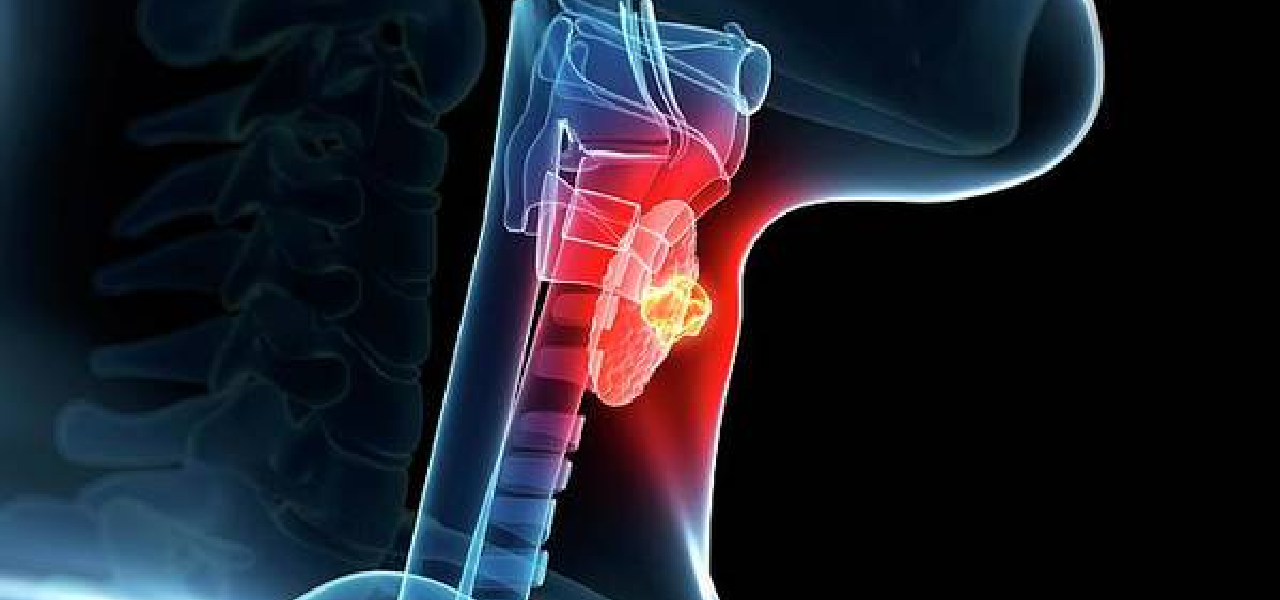Case of Non Hodgkins Lymphoma

INTRODUCTION
Primary pulmonary lymphoma is a distinct entity in which the lymphoma arise de novo in lung tissue. This may include involvement of pulmonary parenchyma and or lymph nodes in the mediastinum.
CLINICAL PRESENTATION
A 67year old female presented with C/O low grade fever, unexplained dry cough,dyspnea on exertion since 1 month.
PAST History
11/2 year before, she was admitted for similar complaints and was found to have anemia & thrombocytopenia, thoroughly investigated. HRCT chest showed multiple parenchymal nodules and insignificant mediastinal adenopathy. Bronchial washings &Trans bronchial lung biopsy were inconclusive. No conclusive diagnosis was made, hence splenectomy was done as per hematologist opinion,considering IDIOPATHIC THROMBOCYTOPENIA. HPE on operated specimen of spleen was normal.
The patient again presented with similar complaints. Repeat HRCT showed multiple endobronchial nodules with mild increase in the size of nodules.
Bronchoscopy showed multiple endobronchial nodules which were biopsied. It was proved to be NHL- Diffuse large cell lymphoma B type, CD20 positive and stain for cytokeratin and endocrine tumors were negative.
DISCUSSION
- Primary pulmonary NHL is uncommon, comprising less than 1% of all NHL cases, 3.6% of extra nodal lymphomas, and only 0.5–1% of primary pulmonary malignancies.
- Patients with PPL may present with systemic symptoms related to their lymphoma or with localized respiratory symptoms because of the endobronchial growth.
- At presentation, patients are rarely asymptomatic.
- Endobronchial lymphoma is classified into two types,according to pattern of involvement. Type I includes diffuse submucosal infiltrates originating from hematogenous orlymphangitic spread in the presence of systemic lymphoma.Type II includes airway involvement by a localized mass due to direct spread of lymphoma from adjacent lymph nodes or arising de novofrom bronchus-associated lymphoid tissue (BALT). Type II lesions have been associated in all instances with signs of airway obstruction such as cough or wheeze.
- The diagnosis of endobronchial lymphoma is based on histological biopsy from the lesion.Recently, detection of B-cell clonality using PCR for immunoglobulin gene rearrangement in bronchoalveolar lavage (BAL) fluid was found to be associated with the diagnosis of pulmonary NHL with 97%specificity and 95% negative predictive value.
- The prognosis of PPL depends mainly on the histology.Patients with BALT lymphoma have a far better outcomethan patients with aggressive lymphoma, with a completeresponse rate of 79% and a partial response of 21%.
- Bronchoscopic examination with biopsy is essentialto differentiate these lesions from primary bronchongeniccarcinoma, since both the treatment approach andthe prognosis are significantly different.
- Review of literature showed 8 cases of similar presentation. However, in most of the cases there was complete or partial collapse of lobe involved or there was presence of effusion. However our case is unique as there were no such findings.
Conclusion
Primary NHLis uncommonand should be considered as one of differential diagnosis in a patient with endobronchial nodules and underlying hematological manifestation.
